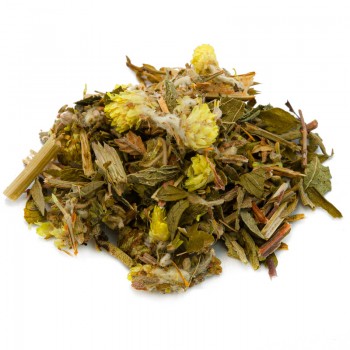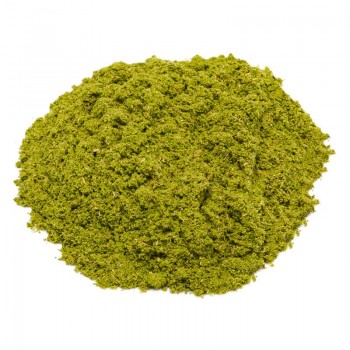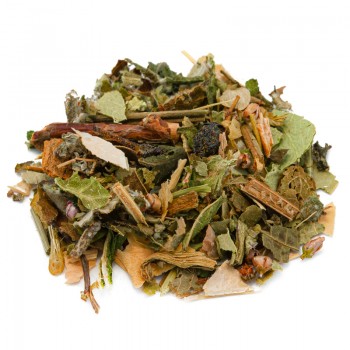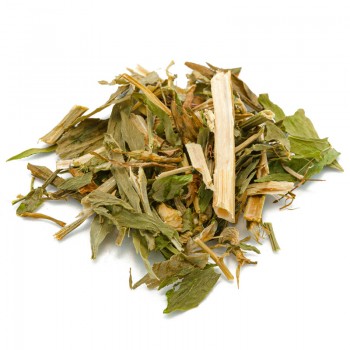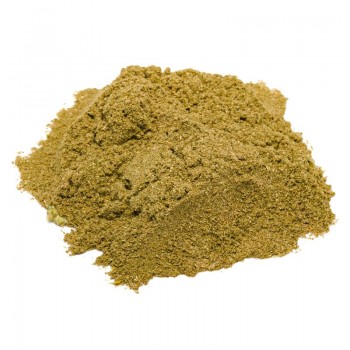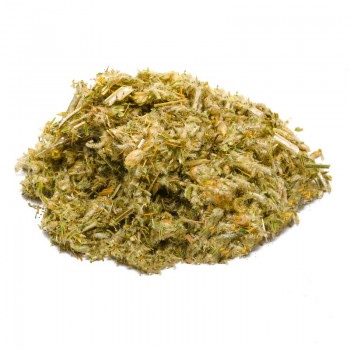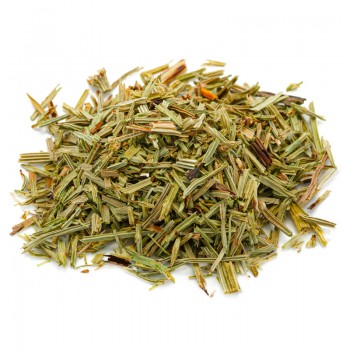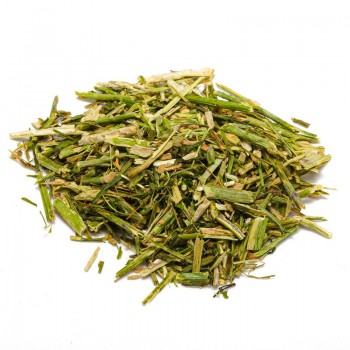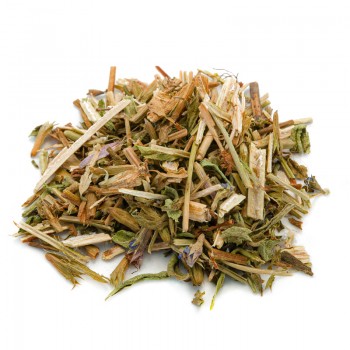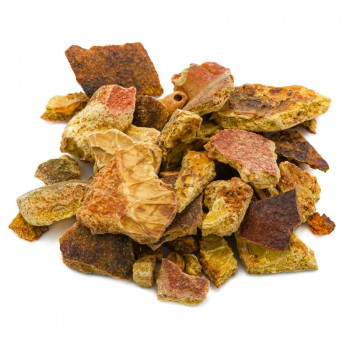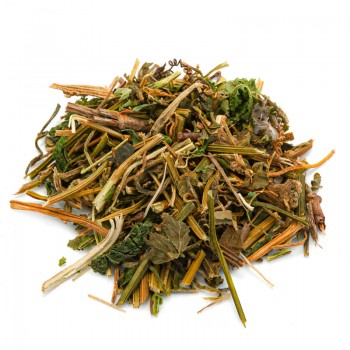Known for centuries for its emmenagogic and digestive properties, this plant has been used for centuries for the well-being of the gastrointestinal tract and to regulate the female menstrual cycle. Even today, an infusion of tansy can help our well-being. It is essential, however, to respect the correct doses, to prevent the plant from giving a toxic action .
Tansy: properties and benefits
Historically, the leaves and flowering tops of tansy were used for the qualities of bitterness in digestion and to eliminate intestinal worms, as well as being a emmenagogue remedy to favor the onset of menstrual flow. On a digestive level, tansy has carminative properties, that is, they help improve the assimilation of food, avoiding unpleasant conditions such as poor digestion (dyspepsia), flatulence and constipation.
It has been used in herbal medicine to calm the symptoms of stomach ulcers, cramps and abdominal pain. Tansy is also considered an effective remedy against intestinal parasites, due to its high content of thujone - a molecule that gives digestive properties in combination with camphor and mirtenol, which are toxic to internal parasites.
The whole plant was known as a remedy to regulate menstruation in women with irregular cycles or phenomena of amenorrhea (absence of menstruation). As an emmenagogue, in fact, tansy stimulates menstruation: it naturally helps the flow of blood to reach the uterus. Furthermore, thanks to its carminative properties, it soothes abdominal pain during periods.
Historically, tansy has been used to treat painful joint conditions such as arthritis and rheumatism, due to its properties that counteract inflammatory states. It is also occasionally used to soothe pains such as migraines, headaches, sciatica, and toothaches. Its action on headache has been studied especially for those who suffer from nervous headaches. An infusion of tansy makes plant complexes known as parthenolids available.
These substances would be useful to prevent recurrent headache attacks, also reducing the intensity of the headache. The activity is not useful when the pain is already in place, but for prevention.
Topically, a tanacet lotion o was used in the past to wash the face, lighten and purify the skin.
Origins and History of cultivation
The plant is native to the temperate regions of Europe and Asia, but over the centuries it has been introduced all over the world, and now grows spontaneously.
Its name probably derives from the Greek Athanaton which means immortal. An attribute that can refer to flowers that last a long time, or to its traditional use in the preservation of meat, and of the dead through embalming. Despite being toxic to humans and animals , in the correct doses the herb has been used in folk medicine for centuries. Flowered tops and dried leaves were used for medicinal preparations. Tansy was known to cure a variety of ailments, both in infusion and topical applications.
Tansy was cultivated by the ancient Greeks as a medicinal plant, and in the Middle Ages (VIII century), we find it cultivated by Benedictine monks in Switzerland and in the gardens of Charlemagne. It was a remedy for intestinal parasites and worms, as well as treating inflammatory conditions such as rheumatism, digestive disorders, fever, sores and ulcers.
Also during the Middle Ages, it was used by women in high doses to induce abortion, while in small doses it was considered favorable to increase fertility and reduce the risk of abortion. In addition, its camphor scent also made tansy an excellent insecticide and mothproof; it was spread on floors and under the sheets, to discourage the appearance of parasites.
In the Renaissance it also became an ornamental plant, and was also used for food purposes. It was used at Lenten meals to give a bitter taste and aid digestion. In the kitchen, vulgar tansy is still used today to prepare digestive liqueurs, or its fresh leaves can be used in cheeses, salads or fillings.
At the time, it was also a herb useful in preventing intestinal worms.
The tansy lotion was usedIt is also used to purify and lighten the skin, and as a herbal remedy for lice and fleas. The bath with salts and tansy was considered valid for calming rheumatism and joint pain.
Plant and flowers
Tanacetum vulgare is a member of the Asteraceae family.
Common tansy is a robust perennial that loves the sun but resists cold and frost. It grows to about 1 meter, best in open areas such as roadsides and near water, in ditches. It develops bright yellow, button-like flowers in late summer. The leaves are divided into serrated segments, giving the tansy a fern-like appearance.
It spreads quickly because it is a self-seeding plant. The flowers are scented with an aroma comparable to camphor.
Nutritional values of Tansy Common
Tansy contains a volatile oil with the active ingredient thujone, a terpenoid , and other elements such as camphor and mirtenol .
Contains the parthenolic compound (sesquiterpene lactone) which is thought to be useful in the prevention of migraines.
In the flowers there is a bitter substance, tanacetin (sesquiterpene lactone) while the leaves show excellent contents of glucosides, gallic acid and flavonoid antioxidants.
How to use Tanaceto Vulgar in herbal tea
The infusion of tansy is obtained by putting in a cup (250 ml), about 3-5 grams of the herbal tea cut, with water at 100 ° C. Leave to infuse for 5 to 8 minutes, before drinking the herbal tea.
Add honey or sugar if desired.
Tansy: side effects and contraindications
Tansy can cause side effects if the recommended doses are not respected - since it is a toxic plant for humans in large quantities.
It should be used for a short time , as long-term use should also be avoided as toxins can build up over time and lead to overdose .
Do not drink more than a cup or two of tansy tea a day.
In case of toxicity with high doses, symptoms include seizures, uterine bleeding, muscle spasms, stomach inflammation or gastritis. Pregnant and breastfeeding women should avoid taking tansy.
Due to its emmenagogic properties, in fact, it should not be taken during pregnancy, as it can lead to miscarriage.
Tansy may interact with some drugs, so it is advisable to consult a specialist in the case of chronic diseases.





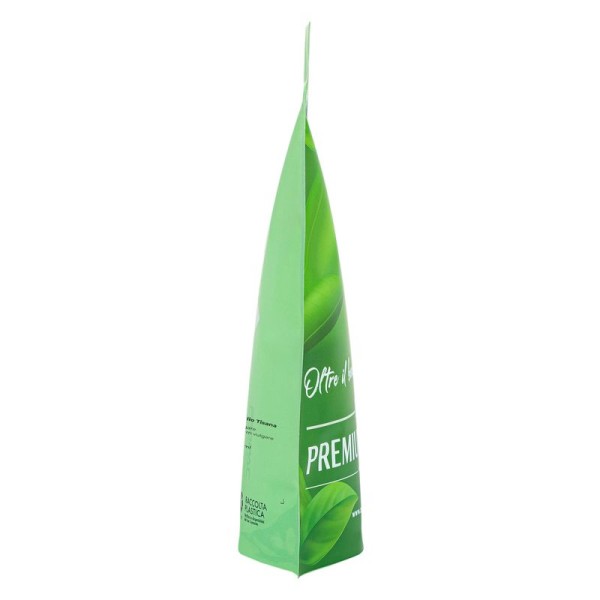





 No reward points for this product.
No reward points for this product.

